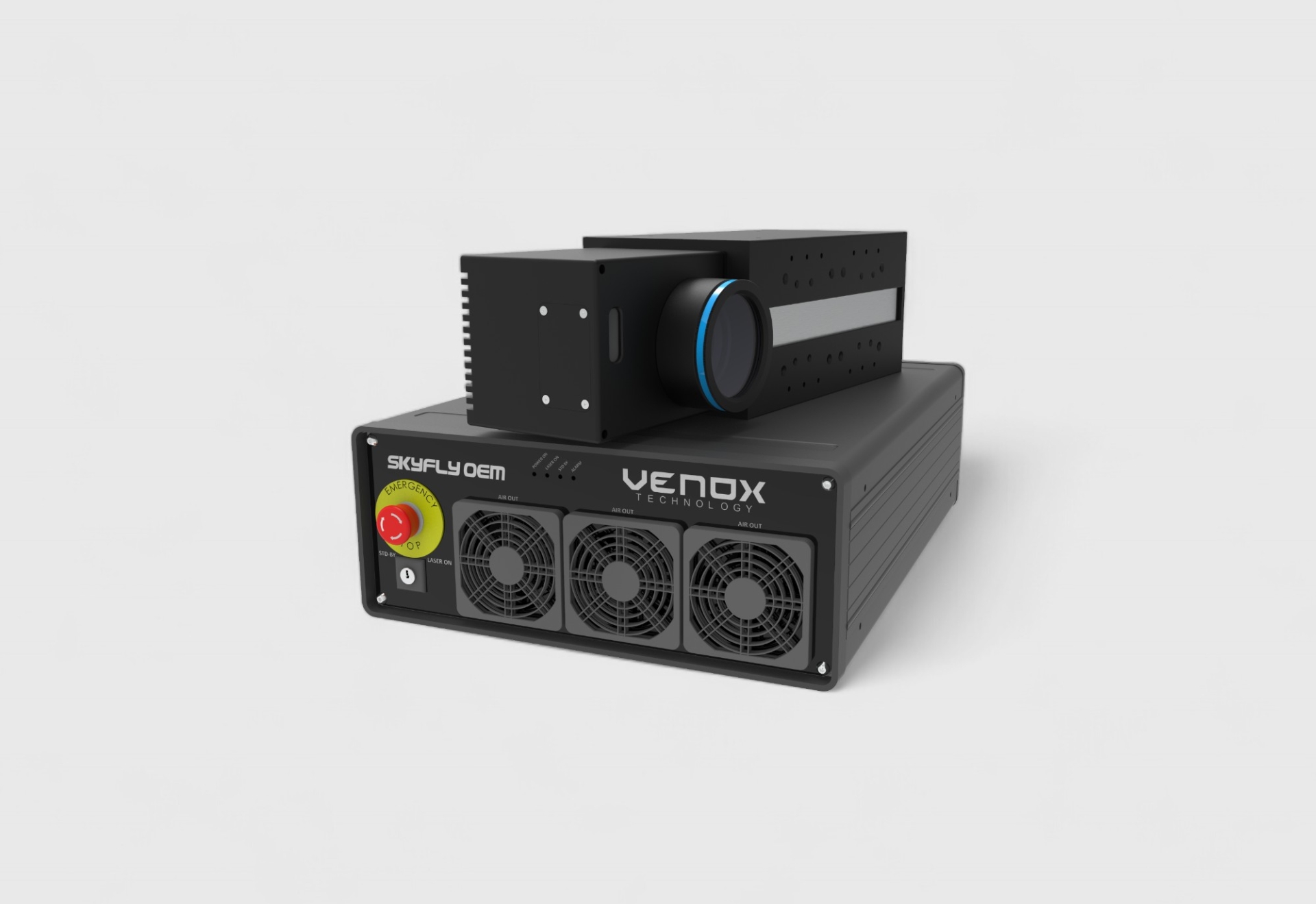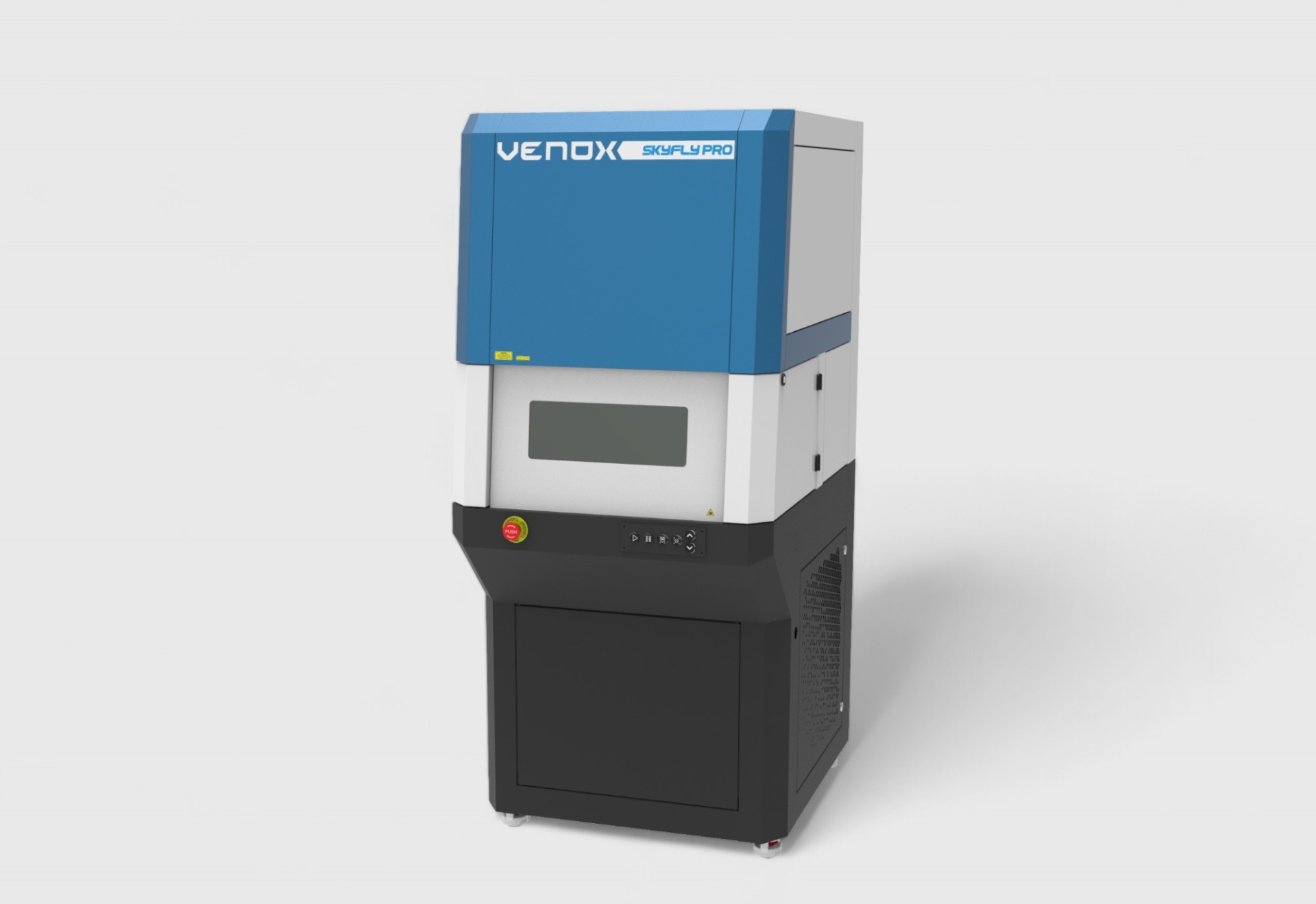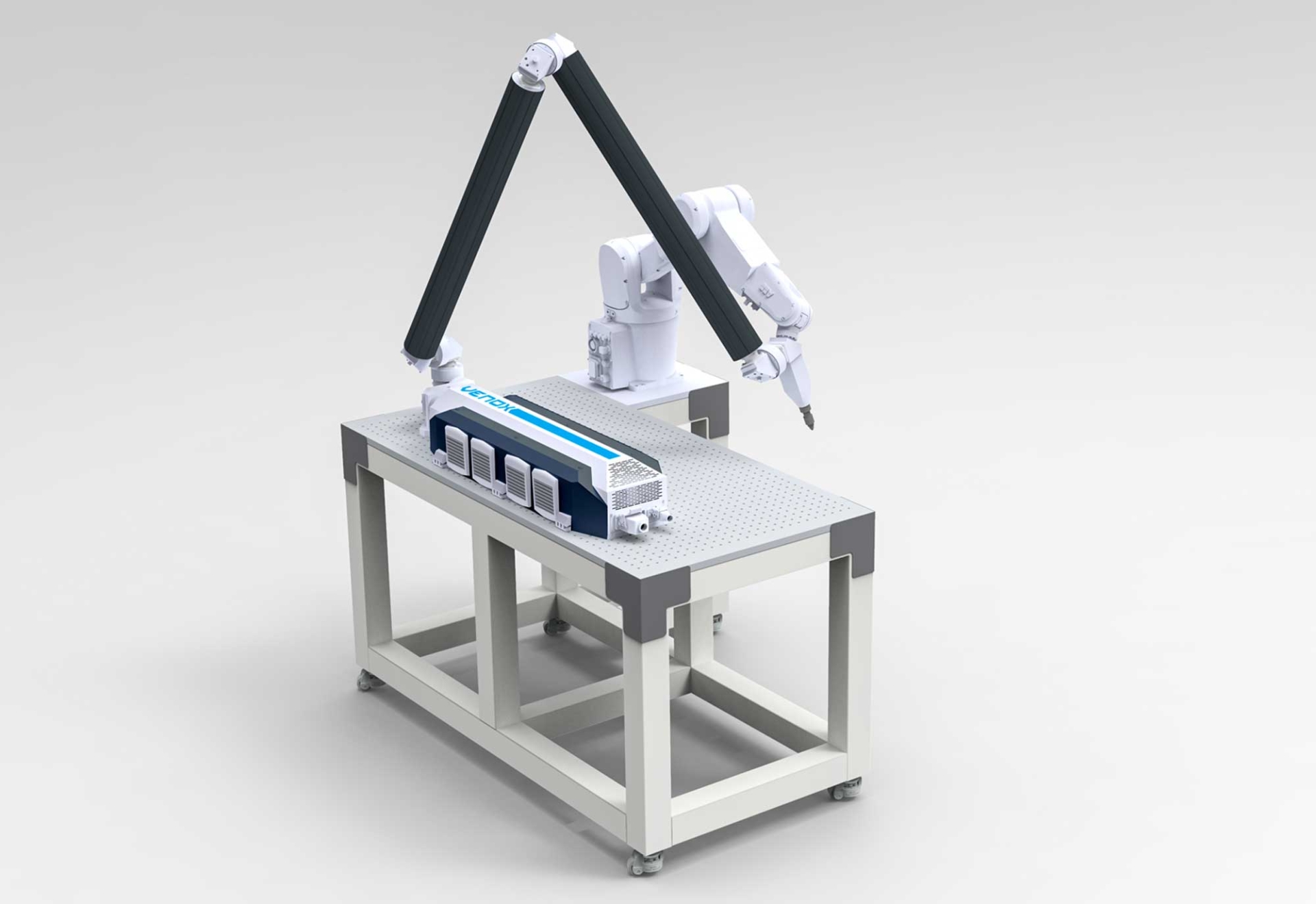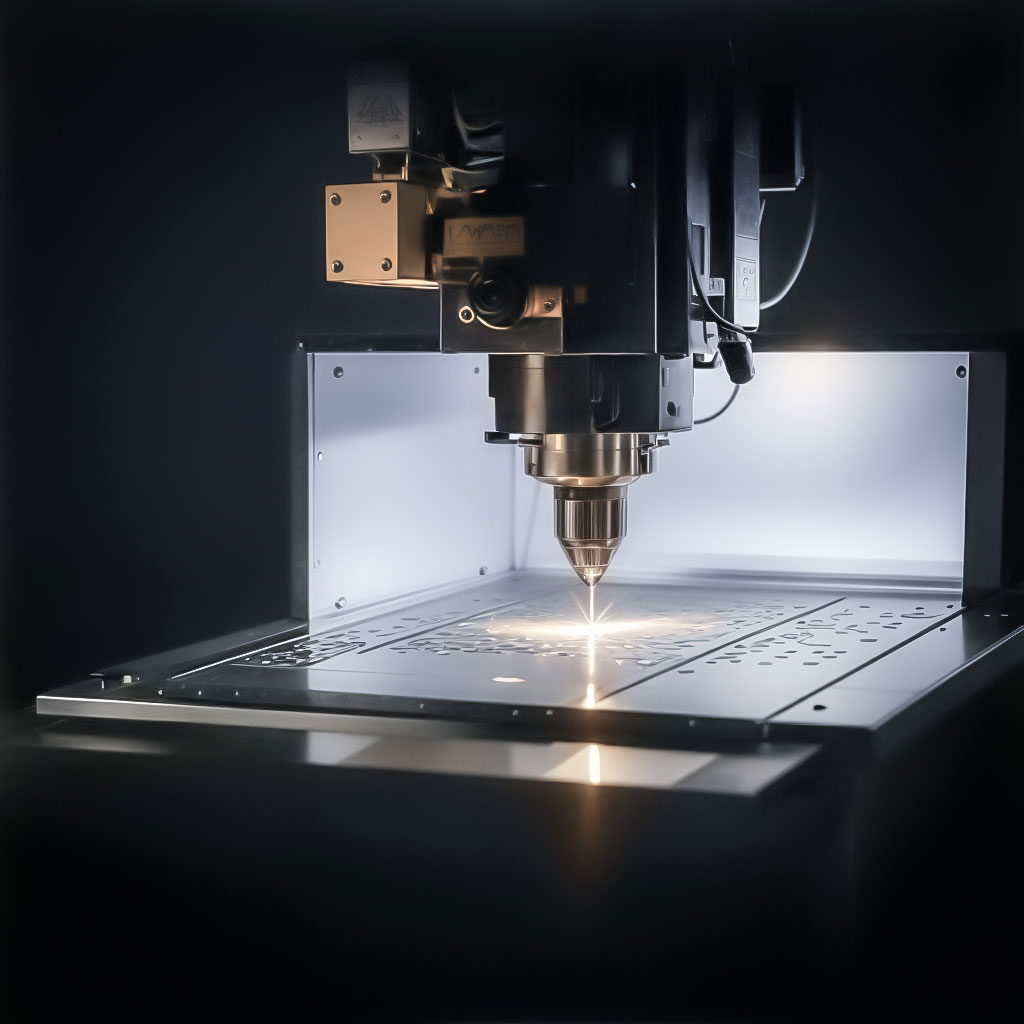Laser Marking Code Quality: How to Optimize Contrast, Depth, Speed, and Focus Settings?
In industrial laser marking processes, “code quality” is not only about making the written information readable; it is also a critical parameter in terms of clarity, durability, and its impact on production speed. In this article, we examine step by step the four main technical parameters that determine code quality in laser marking — **contrast**, **depth**, **speed**, and **focus** — and provide practical tips and optimization strategies for each.
Technical Parameters Affecting Code Quality
In laser marking, code quality depends not only on the technical capacity of the machine but also on the parameter settings made by the user. In the sections below, we analyze the role and optimization methods of each of these parameters.
Contrast: Readability and Durability of the Mark
The readability of the mark obtained during the marking process largely depends on contrast. If sufficient contrast is not achieved, codes become faint and difficult to read, especially when exposed to backlighting. Laser power, scanning speed, and material type directly affect contrast. For example, in a fiber laser marking process, high-contrast marks can be achieved by properly balancing laser power and speed. :contentReference[oaicite:0]{index=0}
Depth: Subsurface Marking and Functionality
Depending on the application, the code may need to leave a trace beneath the surface rather than only altering the top layer. Depth is determined by factors such as laser power, number of passes, scanning speed, and the number of cycles. Deep marking prevents wear and provides high durability. :contentReference[oaicite:1]{index=1}
Speed: Balance Between Production Efficiency and Quality
Speed is also a critical parameter when performing laser marking on a production line. Very low speed reduces production efficiency; excessively high speed can compromise mark quality, depth, and contrast. Galvo (scan head) speed, laser scan path, and pulse frequency play an important role in this area. :contentReference[oaicite:2]{index=2}
Focus: Proper Alignment of the Laser Beam with the Material
Precise focus of the laser beam on the surface is essential for sharp and detailed marks. If marking is performed out of focus, the spot size increases, energy disperses, and blurriness or uncontrolled edges may occur. Material height, surface geometry, and movement influence the focus setting. :contentReference[oaicite:3]{index=3}
Optimization Strategies and Application Guide
To improve code quality, the machine alone is not enough; parameter optimization must also be done correctly. The following sections describe this optimization process step by step.
Testing with Sample Parts
When working with a new material or code design, the first step should be conducting tests on sample parts. Different combinations of laser power, speed, frequency, and focus produce different results. The manufacturer’s recommended values can be used as a starting point, but material-specific testing and adjustment are essential. :contentReference[oaicite:4]{index=4}
Material Compatibility and Surface Preparation
Material type, coating, color, and surface brightness are key factors that determine laser marking results. For example, stainless steel, aluminum, and plastic surfaces interact differently with the laser. Surface cleanliness — free of oxide or oil residues — improves contrast and quality. :contentReference[oaicite:5]{index=5}
Reviewing Parameter Settings
The following parameters should be considered:
- Laser Power: Sufficient energy is required for contrast and depth, but excessive power may damage the surface. :contentReference[oaicite:6]{index=6}
- Scanning Speed: Slower scanning usually produces darker and deeper marks but may reduce production efficiency. :contentReference[oaicite:7]{index=7}
- Pulse Duration / Frequency: Pulse duration and the number of pulses per second affect the level of detail. :contentReference[oaicite:8]{index=8}
- Focus Distance and Lens Selection: Smaller spot sizes increase detail but require precise focus control. :contentReference[oaicite:9]{index=9}
Quality Control and Traceability
After marking, the readability and durability of the codes must be tested. An ideal quality control process includes:
- Scanning QR/DataMatrix codes with an industrial camera or reader
- Testing resistance to scratching, friction, and chemical exposure
- Monitoring performance and error rates at production speed
Maintenance, Spare Parts, and Continuity
Another factor in maintaining code quality is the proper functioning and regular maintenance of the laser system. Laser lenses must be clean, galvo mirrors properly aligned, and the cooling system functioning correctly. These factors can affect marking quality over time. :contentReference[oaicite:10]{index=10}
Conclusion and Recommendations
Laser marking code quality is not just about producing visually good marks — it is also essential for production efficiency and traceability. Systems that maintain high contrast, adequate depth, optimal speed, and proper focus will put you ahead of your competitors. If you are experiencing quality issues in your laser marking line or considering a new system investment, follow these recommendations:
- Conduct material and surface analysis
- Perform parameter optimization using dedicated test parts
- Balance production efficiency and quality
- Do not neglect regular maintenance and software updates







